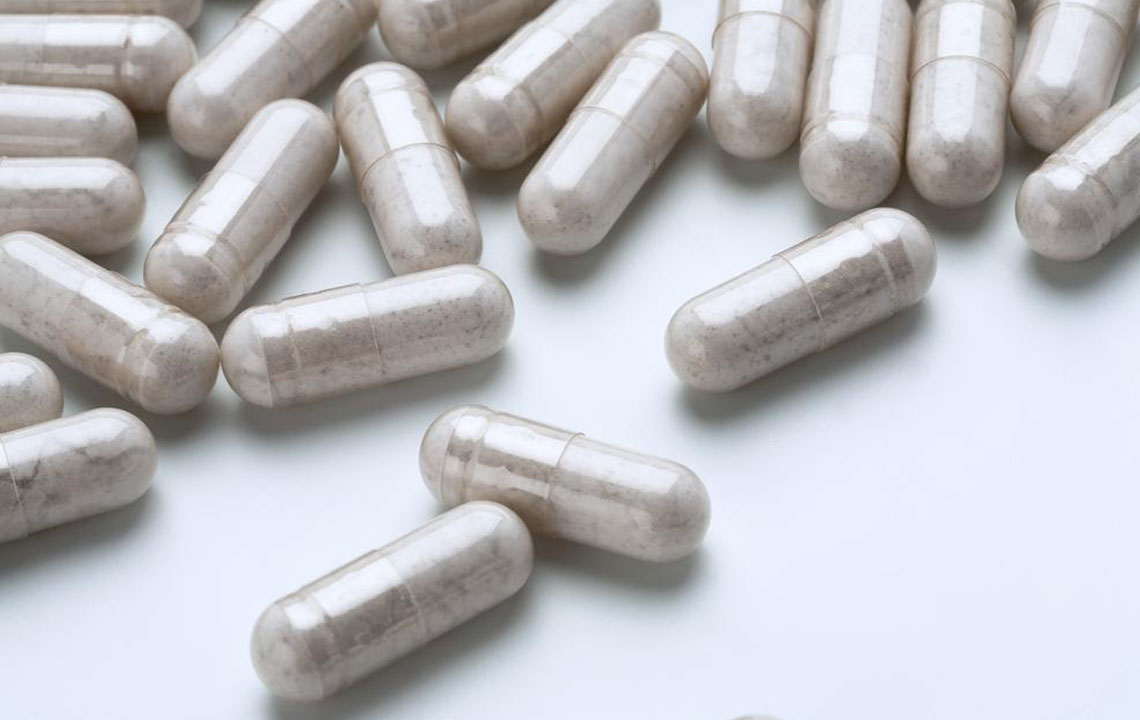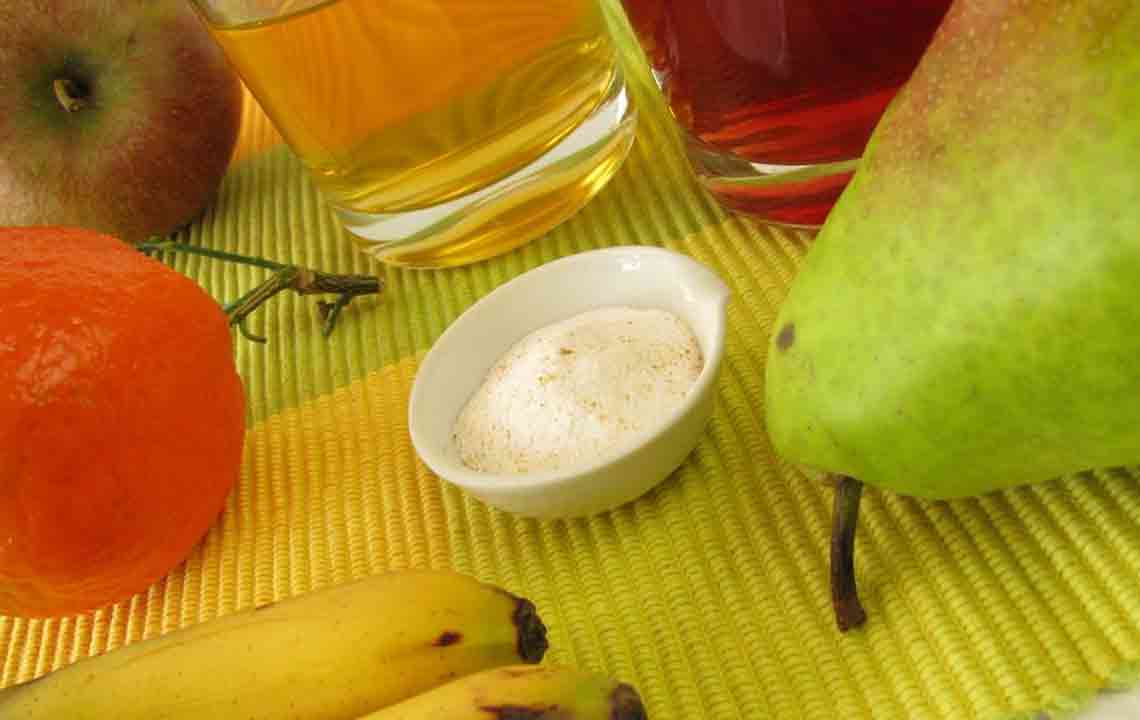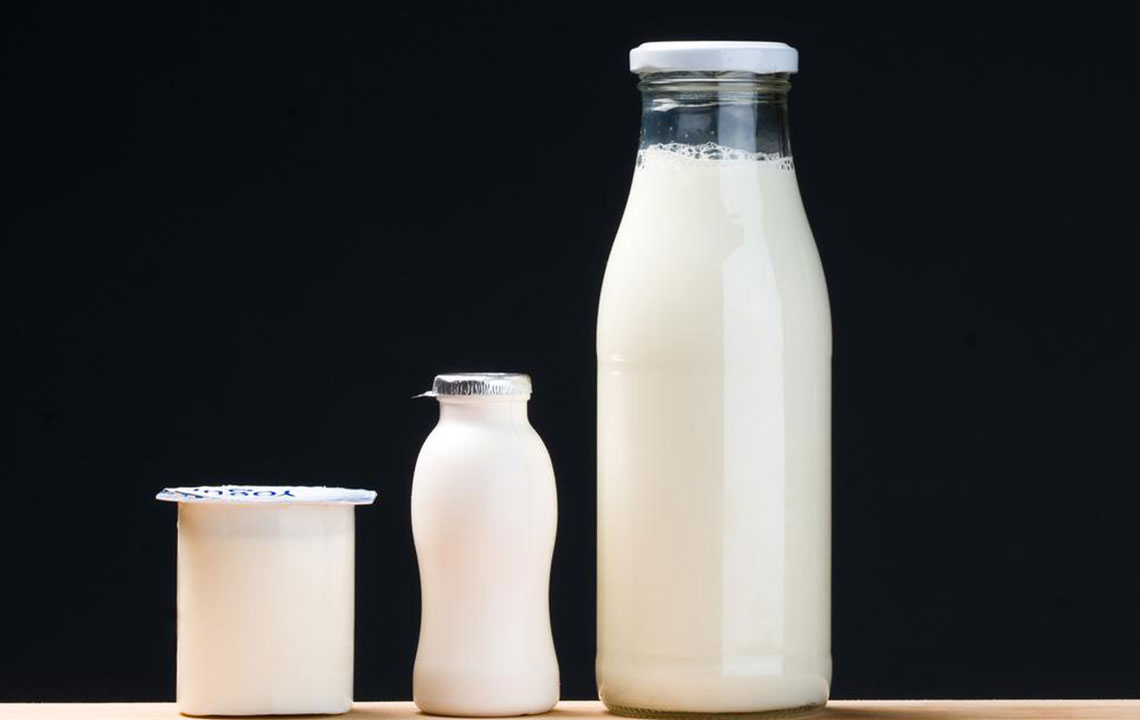Boost Your Gut Health with Fiber-Rich Foods to Combat Melanoma
Discover how fiber-rich foods can boost your gut health and potentially support melanoma treatment. Incorporate vegetables, fruits, and whole grains into your diet to enhance gut microbiome diversity, which might improve treatment outcomes. Consult your doctor for personalized dietary advice to strengthen your immune system and recovery process.
Foods High in Fiber That Support Your Gut in Fighting Melanoma
Melanoma is the most aggressive form of skin cancer, representing about 1% of all skin malignancies. The American Cancer Society projects approximately 96,480 new cases in 2019. Over the past three decades, the incidence of melanoma has steadily increased. This cancer develops when melanin-producing skin cells turn malignant, often presenting as new or changing moles anywhere on the body.

Current treatments include surgery, radiation, chemotherapy, and targeted therapies. Nutrition plays a crucial role in managing and recovering from melanoma. Emerging research suggests that diets rich in fiber may enhance treatment responses. The American Association for Cancer Research recently indicated that patients on anti-PD-1 immunotherapy experienced better outcomes with higher gut microbiome diversity fostered by fiber-rich diets. While more extensive studies are needed, maintaining a healthy diet remains beneficial for overall health and recovery.
Maintaining gut health is vital not only for digestion but also for supporting cancer treatments. Here are some foods you can incorporate into your diet to potentially aid in your melanoma management.
Vegetables
Include high-fiber vegetables such as sweet potatoes, Brussels sprouts, corn, onions, leeks, artichokes, pumpkins, broccoli, and lentils. Adults should aim for at least 30 grams of fiber daily. Certain plant foods contain fructans, natural high-fiber carbs that prolong in the gut, promoting gut health. Vegetables like onions, garlic, artichokes, leeks, asparagus, broccoli, and cabbage are rich in fructans.
Fruits
Fruits are excellent sources of various fibers, including cellulose, inulin, pectins, beta-glucans, psyllium, lignin, and resistant starch. Pectins, soluble fibers found in apples, strawberries, and citrus fruits, help regulate blood sugar. Lignin, an insoluble fiber present in avocados and bananas, may also lower colon cancer risk. Other fiber-rich fruits to enjoy include pears, watermelon, oranges, and figs, adding flavor and texture to your diet.
Whole Grains
Foods labeled "high in fiber" contain at least 5 grams per serving. Examples include quinoa, bulgur wheat, pearled barley, oatmeal, whole wheat bread, rye, buckwheat, corn, wheat, and wild rice. For whole grain bread, opt for options like seven-grain, dark rye, cracked wheat, or pumpernickel, which typically have higher fiber content. Nuts and seeds are also excellent for boosting fiber intake.
A diverse gut microbiome is linked to better immune responses and possibly improved melanoma outcomes. Understanding the types of fiber and mindful food choices can support your health. Consult with your healthcare provider to develop a tailored diet plan, monitor how dietary changes influence your energy and recovery, and adjust your grocery list accordingly.
Disclaimer:
The information provided on our site covers multiple topics to offer helpful insights. However, it is not a substitute for professional medical advice. We recommend consulting healthcare professionals before making significant dietary or treatment changes. The team is not responsible for discrepancies or inaccuracies across different sources, and some offers or schemes may not be covered here.










